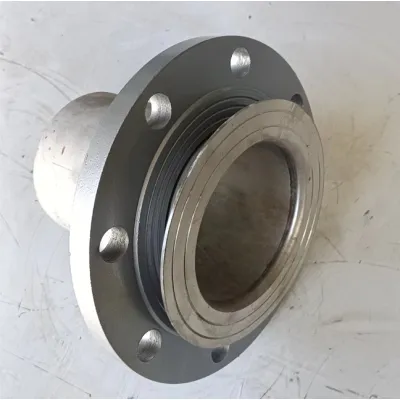loading...
- No. 9, Xingyuan South Street, Dongwaihuan Road, Zaoqiang County, Hengshui, Hebei, China
- admin@zjcomposites.com
- +86 15097380338
- Welcome to visit our website!
Advancements in Fiber Reinforced Plastic Rods for Enhanced Structural Applications
Fiber-Reinforced Plastic Rods Strength, Versatility, and Applications
Fiber-Reinforced Plastic (FRP) rods represent a remarkable advancement in material science, combining the strength of fiber materials with the versatility of plastics. These composite materials are increasingly being used in various industries due to their lightweight nature, high strength-to-weight ratio, and resistance to corrosion. This article explores the composition, properties, benefits, and applications of fiber-reinforced plastic rods, as well as their impact on different sectors.
Composition and Structure
Fiber-reinforced plastics are made by embedding fibers, typically made from glass, carbon, or aramid, into a plastic matrix. The most common type of plastic used is epoxy, but other thermosetting and thermoplastic resins can also be employed. The combination results in a composite material that exhibits superior properties compared to traditional plastics and metals. The fibers provide tensile strength and rigidity, while the plastic matrix ensures flexibility, toughness, and chemical resistance.
Mechanical Properties
One of the most significant advantages of FRP rods is their exceptional mechanical properties. They exhibit high tensile strength, which allows them to withstand significant loads without deformation. Moreover, these rods are not only lightweight but also provide excellent fatigue resistance, making them ideal for dynamic applications. In comparison to steel, which has been the standard for many applications, FRP rods can often achieve a similar strength while substantially reducing weight.
Additionally, FRP materials are non-conductive, making them suitable for electrical applications where insulation is crucial. Their low thermal conductivity also makes them suitable for temperature-sensitive applications. The resistance to chemical corrosion further extends the usability of these rods in harsh environments, where traditional materials may fail.
Benefits of FRP Rods
fiber reinforced plastic rod

The use of fiber-reinforced plastic rods offers several benefits that appeal to engineers and manufacturers. Firstly, they require less maintenance compared to metals, as they do not corrode or rust. This feature can lead to significant cost savings over the lifespan of a product. Secondly, their light weight makes them easier to transport and install, reducing labor costs and improving efficiency.
Moreover, FRP rods are customizable. By adjusting the type and orientation of the reinforcing fibers, manufacturers can engineer rods that meet specific strength, flexibility, and durability requirements for various applications. This adaptability allows industries to innovate and improve product performance.
Applications of Fiber-Reinforced Plastic Rods
The applications for FRP rods are diverse and span multiple industries. In construction, they are used as reinforcement in concrete structures, bridges, and highway barriers, providing additional strength without the risk of rusting. The aerospace and automotive industries benefit from the lightweight nature of FRP rods, which contribute to fuel efficiency and overall performance improvements.
In marine applications, FRP rods are employed in the construction of boats and docks, where resistance to saltwater corrosion is essential. The oil and gas industry also utilizes these rods for their excellent durability and resistance to chemicals, particularly in offshore environments. Additionally, FRP rods find usage in recreational products, sporting equipment, and even in medical devices, showcasing their versatility.
Conclusion
Fiber-reinforced plastic rods exemplify the evolution of materials engineering, offering a combination of strength, lightweight properties, and resistance to environmental factors. Their unique characteristics make them a valuable resource across various industries, from construction and aerospace to marine applications and beyond. As technology advances, the development of even more sophisticated FRP materials can be anticipated, paving the way for further innovations and applications. The ability to tailor these rods to specific needs highlights their relevance in an ever-evolving industrial landscape. With sustainability becoming increasingly important, the adoption of lightweight, durable, and corrosion-resistant materials like fiber-reinforced plastics could play a pivotal role in a more sustainable future across multiple sectors.
-
GRP Structures: The Future of Lightweight, High-Performance EngineeringNewsJun.20,2025
-
FRP Water Tank: High-Performance Storage for Corrosive and Clean Water SystemsNewsJun.20,2025
-
FRP Square Tube: The New Industry Standard for Chemical and Structural ApplicationsNewsJun.20,2025
-
FRP Pultruded Profiles: The Ultimate Choice for Lightweight Structural StrengthNewsJun.20,2025
-
FRP Handrails: The Safer, Smarter, and Stronger Choice for Modern InfrastructureNewsJun.20,2025
-
FRP Grating: The Smart Solution for Durable, Lightweight Industrial FlooringNewsJun.20,2025
-
Why Choose a Galvanized Water Tank for Your Storage NeedsNewsMay.21,2025
